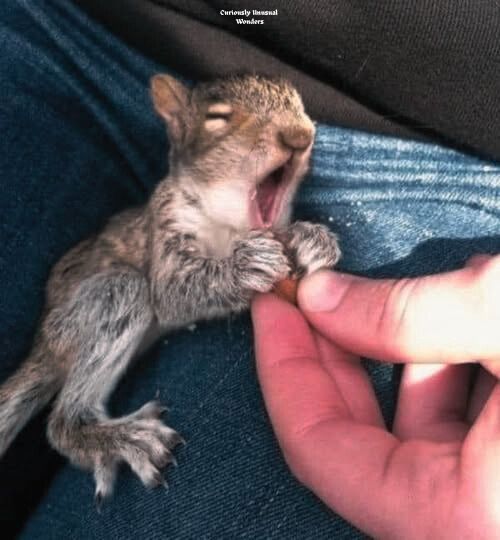
Introduction: A Sci-Fi Scene on Finland’s Roads
Imagine driving down a dark, icy road in the Finnish countryside when suddenly a figure appears in the headlights—not a human, not a car, but a deer with glowing antlers shining like neon lights. It sounds like something straight out of a science fiction movie, but in Finland, it’s very real.
Farmers and local authorities have been experimenting with reflective paint on deer to reduce the number of road accidents involving wildlife. The idea is simple: if drivers can see the animals from farther away, collisions can be avoided. But as with many innovative ideas, the response has been divided. Some call it genius, others think it’s bizarre. Either way, it’s impossible to ignore.
The Problem: Deer on Dark Roads
Finland is known for its long, dark winters and dense forests. While beautiful, this landscape comes with risks. Every year, thousands of road accidents involve wildlife, particularly deer and moose. These collisions can be devastating—causing injuries, deaths, and costly damage to vehicles.
- Low Visibility: In rural areas, roads are often poorly lit. Deer blend easily into the night, making them hard to spot until it’s too late.
- Large Populations: White-tailed deer, roe deer, and moose are common across Finland, and they frequently cross roads in search of food.
- Seasonal Peaks: Accidents spike in autumn and early winter when animals are most active and daylight is scarce.
Authorities have long searched for solutions—from warning signs to fencing—but collisions remain a persistent issue.
The Experiment: Reflective Paint
Enter the reflective paint project. The concept is surprisingly straightforward: spray deer, particularly their antlers, with a special paint that glows under car headlights.
- How It Works: The paint contains reflective particles similar to those used in road signs and safety gear. When headlights hit the antlers, they shine brightly, alerting drivers from a distance.
- Why Antlers?: Antlers are large, elevated, and visible even in tall grass or snow. Coating them ensures the glow is noticeable without covering the entire animal.
- Temporary and Harmless: The paint wears off naturally over time and does not harm the animals. It’s meant as a non-invasive safety measure rather than a permanent change.
The result? A surreal image of glowing antlers cutting through the night—half safety measure, half glowing artwork of nature.
Public Reaction: Genius or Just Weird?
When photos of glowing deer began circulating online, reactions ranged from admiration to amusement.
- Supporters Say:
- It’s an innovative, low-cost way to save both human and animal lives.
- It creates instant visibility for drivers, especially on dangerous rural roads.
- It shows Finland’s creativity in addressing unique local challenges.
- Critics Argue:
- The paint may not last long in harsh weather.
- Animals without antlers (like females or young deer) remain unprotected.
- It looks strange, leading some to mock it as a “glow-in-the-dark deer parade.”
Despite the debate, most agree on one thing: glowing antlers are impossible to miss. And if being “weird” means saving lives, then maybe weird isn’t so bad.
Road Safety and Innovation
Finland’s reflective deer project is part of a broader trend of combining science with creativity to solve road safety issues. Other countries have tried:
- Reflective Collars: Placing reflective bands on reindeer in Norway.
- Wildlife Bridges: Overpasses covered in vegetation to let animals cross highways safely.
- Motion Sensors: Systems that trigger warning lights when animals are near the road.
Each method comes with pros and cons, but the glowing antler experiment stands out for its simplicity and visual impact.
A Symbol of Coexistence
Beyond safety, the glowing antlers tell a deeper story: the ongoing effort to coexist with wildlife. Humans have expanded into natural habitats, building roads and settlements where animals once roamed freely. As a result, collisions are not just accidents—they’re symptoms of our shared spaces colliding.
By painting deer antlers, Finland is acknowledging that coexistence requires adaptation. It’s not enough to expect animals to avoid humans; humans must also find creative ways to protect them.
Cultural Impact: From Science to Social Media
Unsurprisingly, glowing antlers have sparked fascination far beyond Finland. Photos and videos quickly went viral, inspiring jokes, memes, and even artistic interpretations. Some compared them to mythical creatures, calling them “real-life spirit animals” or “forest guardians.”
Others saw them as symbolic—proof that even in a dark world, light can guide the way. What began as a safety experiment has also become a cultural phenomenon, bridging the gap between science, art, and storytelling.
Conclusion: A Bright Idea in the Dark
The sight of glowing antlers cutting through the night may look unusual, even bizarre, but at its core, the experiment carries a powerful message. It shows how far humans are willing to go to protect both lives and wildlife, even if the solution looks like something from a fantasy novel.
Whether Finland’s glowing deer project becomes a long-term safety measure or remains a temporary experiment, it has already achieved something remarkable: it has made the world pause, pay attention, and talk about how we can coexist more safely with the natural world.
And perhaps that’s the real lesson here. Sometimes, the brightest ideas emerge not from perfection but from imagination—and from the willingness to try something different.
So next time you drive through the Finnish wilderness at night, don’t be surprised if a pair of glowing antlers shines in the distance. They’re not a trick of the light—they’re a symbol of survival, creativity, and coexistence in action.



